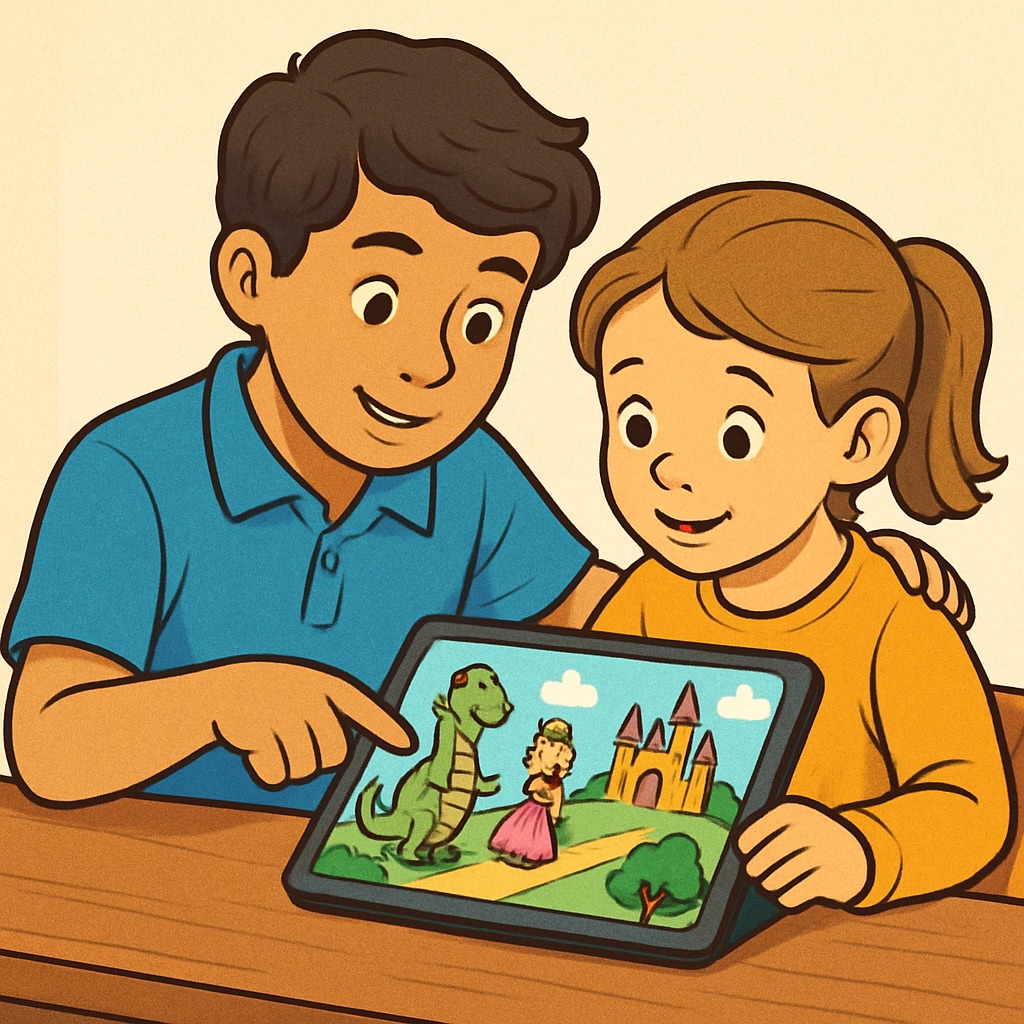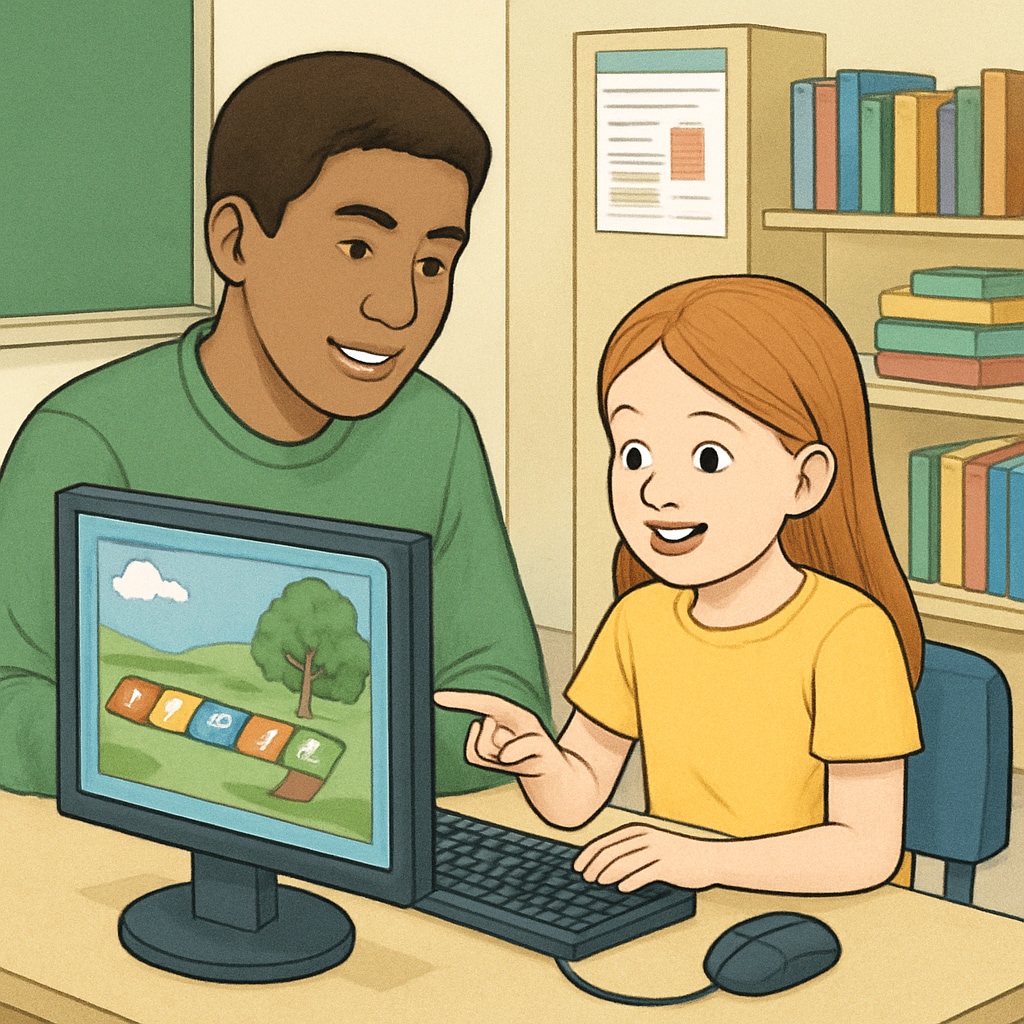Creating a kindergarten buddy program that incorporates fourth grade students and computer activities is an excellent way to foster cross-age interaction and skill development. Such initiatives are designed to meet the diverse literacy levels of young learners while also developing older students’ mentorship abilities. By leveraging structured yet flexible digital activities, these programs can help children improve their collaboration, technical aptitude, and social skills. Here are some creative ideas to bring this concept to life.
Interactive Storytelling Through Digital Tools
Interactive storytelling is a fantastic way to bridge the literacy gap between kindergarteners and fourth graders. Older students can use simple digital tools like Scratch or Google Slides to create multimedia stories. These stories can include animations, sound effects, and interactive elements that engage younger students. Fourth graders can guide their kindergarten buddies in adding elements to the story or narrating parts of it aloud. This activity not only promotes creativity but also strengthens language skills for both age groups.

Learning Games for Literacy and Numeracy
Gamified learning platforms, such as Starfall, offer an engaging way for children with different skill levels to collaborate. Fourth graders can assist their kindergarten buddies in navigating simple literacy or numeracy games. For example, they might help younger students recognize letters, form words, or solve basic math puzzles. This partnership allows older students to reinforce their understanding by teaching, while younger students receive support tailored to their learning pace.

Exploring Digital Art Together
Artistic expression can be a great equalizer, making it an excellent domain for cross-age collaboration. Using digital art tools such as Canva or Paint 3D, fourth graders can guide their kindergarten partners in creating simple, colorful designs. They might work together to craft greeting cards, posters, or even digital thank-you notes for their teachers. These projects not only enhance creativity but also introduce basic digital design skills to young learners.
Building Tech Confidence Through Coding
While coding might seem advanced for kindergarteners, age-appropriate platforms like Code.org make it accessible and fun. Fourth graders can introduce their younger buddies to basic coding concepts using drag-and-drop programming activities. Together, they might design a simple maze or animate a character. This activity helps kindergarteners develop problem-solving skills while older students strengthen their computational thinking.
The Benefits of Cross-Age Digital Learning
Incorporating computer-based activities into a kindergarten buddy program offers numerous advantages. For younger students, it builds foundational skills in literacy, numeracy, and technology. For older students, it develops mentorship abilities, boosts confidence, and enhances their grasp of academic concepts through teaching. Additionally, both age groups benefit from the social interaction and collaboration involved in these activities.
To ensure the success of such programs, educators should select tools and activities that are intuitive and age-appropriate. Providing clear instructions and setting achievable goals for each session can also help maintain focus and engagement. As a result, these digital buddy programs can serve as a powerful platform for skill development and community-building within schools.
By embracing these cross-age collaborations, educators can create a dynamic and inclusive learning environment that prepares students for a technology-driven world. From interactive storytelling to simple coding, the possibilities for growth are endless when students of different ages come together to learn and create.
Readability guidance: This article uses short paragraphs and bullet points to summarize key ideas. Transitions such as “for example” and “as a result” ensure smooth reading, while concise language and structured content keep the focus on actionable insights.


